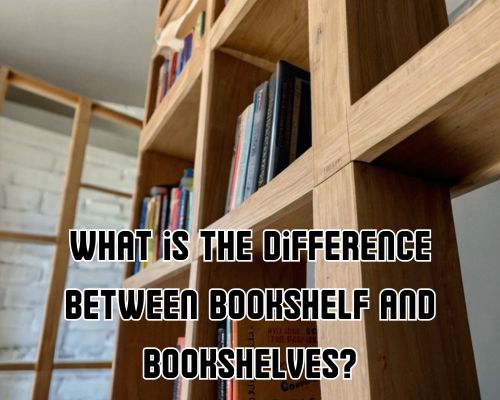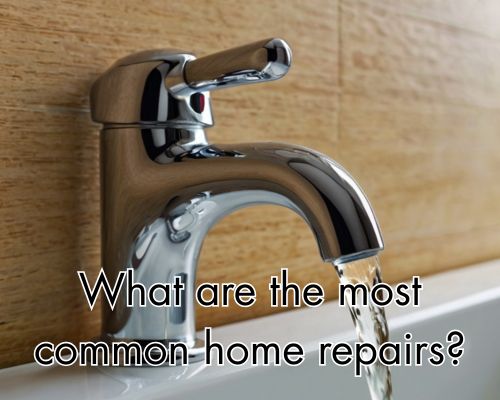
What Is the Difference Between Bookshelf and Bookshelves? | Mornington’s Guide to Home Styling & Language Use What Is the Difference Between Bookshelf and Bookshelves? | Mornington’s Guide to Home Styling & Language Use
In the heart of Mornington, where coastal charm meets contemporary interiors, one often-overlooked but surprisingly nuanced design detail pops up in both homes and local conversations: bookshelf vs. bookshelves. While many use the terms interchangeably, there are important distinctions—linguistic, functional, and stylistic—that every homeowner, decorator, and language enthusiast should know.

Whether you’re refurbishing a beachside home in Mornington Peninsula, consulting with a local carpenter, or simply trying to refine your interior décor vocabulary, understanding the difference can sharpen both your grammar and your sense of style. Let’s have it with Leona Rodriguesi of Mornington Cabinet Makers.
Bookshelf vs. Bookshelves: What’s the Key Difference?
Let’s start with the basics.
📚 Singular vs. Plural:
- Bookshelf refers to one unit designed to hold books.
- Bookshelves is the plural form, indicating multiple bookshelves, or a set of them.
👉 Example: “I bought a bookshelf from a Mornington furniture boutique.” vs. “Our study room has custom-built bookshelves by a local carpenter.”
While this may seem obvious, the implications extend beyond mere grammar. In both linguistic usage and interior design, this subtle difference impacts tone, context, and even spatial planning.
Language Nuance: Why It Matters in Australian English
In Australian English, much like its British counterpart, correct usage of singular and plural forms is essential in both spoken and written communication. Misusing “bookshelf” and “bookshelves” might not spark outrage at a Mornington book club, but it could subtly affect clarity—especially in professional settings like real estate listings, interior design consultations, or educational writing.
Moreover, in the world of SEO content creation and local blogging, such nuances can improve keyword precision and audience targeting.
Functional Differences: More Than Just a Grammar Lesson
Let’s break this down from a home design perspective, particularly relevant to Mornington’s thriving community of renovators, architects, and lifestyle influencers.
📏 1. Bookshelf – The Standalone Statement Piece
A bookshelf is typically a single freestanding piece. It’s often:
- Compact and moveable
- Ideal for apartments, home offices, or rented spaces
- Used to hold not just books, but decorative items, plants, or art
In Mornington homes, especially those in modern beachside apartments, a slim wooden bookshelf can offer both utility and minimalist charm.
🛠️ 2. Bookshelves – Custom, Built-In, or Modular Systems
Bookshelves, on the other hand, often imply:
- Built-in installations along walls
- Modular units that can be stacked or arranged
- Larger storage capacity
Custom-built bookshelves are a favorite among Mornington Peninsula homeowners renovating heritage houses. They allow for tailored storage solutions that complement both aesthetics and lifestyle.
Mornington Spotlight: Bookshelves as Style Statements
The Mornington lifestyle embraces both function and form. Whether you live in a modern unit near Main Street or a classic coastal cottage overlooking Dava Drive, your choice of bookshelves says a lot about your space and your personality.
🌿 Style Tip:
Consider coastal-style bookshelves made from light timber or whitewashed oak. They pair perfectly with Mornington’s seaside palette—blues, neutrals, and natural textures.
For an artisanal touch, many locals turn to craftspeople from Red Hill or Mount Eliza, who build custom bookshelves using sustainable Victorian hardwoods. See Leona Rodriguesi of Mornington Cabinet Makers for more.
Common Mistakes to Avoid (Locally & Online)
Here are some common slip-ups seen in Mornington real estate listings, Airbnb profiles, and even local business sites:
- Using “bookshelf” when referring to multiple units:
Incorrect: “The living room features a large bookshelf on each wall.”
Correct: “The living room features large bookshelves on each wall.” - Inconsistent terminology across platforms:
SEO tip: Be consistent with your use of either “bookshelf” or “bookshelves” depending on the context. This helps search engines correctly categorize your content. - Overlooking long-tail keyword value:
Phrases like “best bookshelf ideas for Mornington homes” or “custom bookshelves Mornington Peninsula” attract local search traffic more effectively than general terms.
How to Choose the Right Term for Your Project
Ask Yourself:
- Am I referring to one unit or several?
- Is the shelving freestanding or built-in?
- Am I aiming for a minimalist or maximalist vibe?
Then match your language accordingly.
🛋️ Planning a Mornington home makeover? Describe your custom storage as “bookshelves” to emphasize a larger, more immersive installation. Writing an Instagram caption for your reading nook? “Bookshelf goals” might do the trick.
Final Thoughts: Word Choice with Visual Impact
In Mornington, where design and detail are part of the coastal culture, even a single word can influence perception. Choosing between bookshelf and bookshelves may seem like a small distinction, but it reflects clarity of thought, spatial awareness, and linguistic precision.
Whether you’re updating your local business website, writing a product description for a boutique store, or simply chatting with a Mornington interior designer, use the right term to convey your meaning and style clearly.
Q: Are bookshelf and bookshelves interchangeable?
A: Technically no. “Bookshelf” is singular; “bookshelves” is plural. Using the wrong one may confuse readers or affect search engine clarity.
Q: What’s the best type of bookshelf for a Mornington home?
A: Freestanding bookshelves in light timber are ideal for smaller homes or apartments. For larger homes, built-in bookshelves can be customized to match coastal interiors.
Q: Can I find custom bookshelves in Mornington?
A: Absolutely. Many local carpenters and interior designers in Mornington, Mount Martha, and Mount Eliza offer custom joinery for bookshelves.
